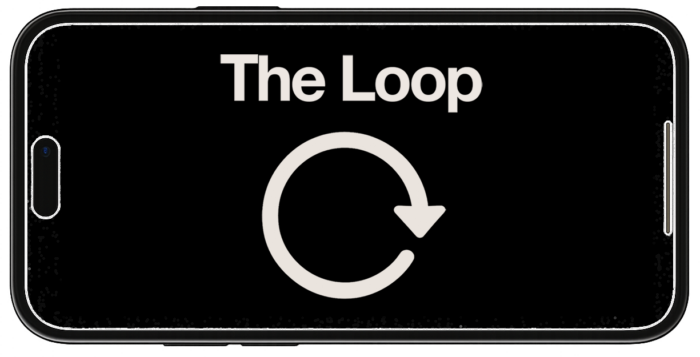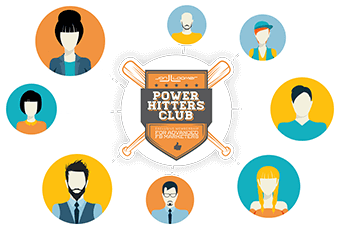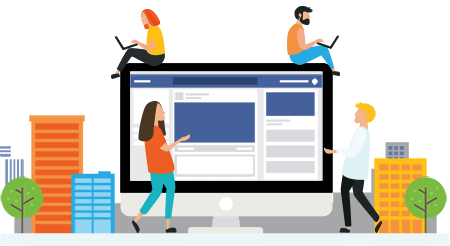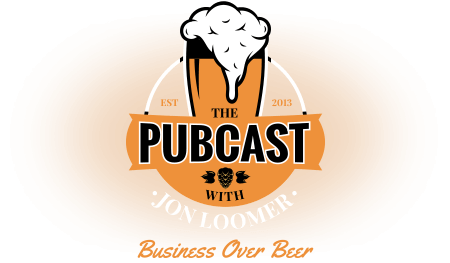Any screenshots and details of functionality may no longer be relevant. Below are some related posts that are more current:
- Problem with GA4 Integration (Jun 24, 2025)
- A Complete Guide to Meta Ads Attribution (Jun 9, 2025)
- The Best Advertisers Compare Attribution Settings (May 20, 2025)
I’ve shown you How to Create a Facebook Ad. I’ve also shown you How to Create a Successful Facebook Ad Campaign. Heck, I’ve even shown you How to Measure Facebook Ad Success. But today, I’m going to talk about the only Facebook advertising metric that matters.
Cost Per Like
Previously, I took you through the laborious process of understanding all of the various metrics available to you in the Facebook Advertising Insights. Some of those metrics include:
- Cost Per Click (CPC)
- Cost Per Thousand Impressions (CPM)
- Click Through Percentage
- Clicks vs. Connections
Those are all great. But in the end, they don’t matter. The only metric that matters (if the purpose of your ad is adding new likes) is Cost Per Like.
The Use Case
I realized this while running some ads last week. I ran several different ads with very different results. Let’s take a look at a few:
| Campaign | Reach | Connections | Clicks | CTR | Spent |
|---|---|---|---|---|---|
| eBook3CPM | 11,356 | 2 | 3 | .019% | $5.36 |
| eBookFOF1 | 65,692 | 200 | 107 | .071% | $80.87 |
| PagePostAdHoax1 | 9,790 | 0 | 20 | .081% | $5.00 |
| PagePostAdPoll1 | 22,168 | 3 | 92 | .205% | $7.99 |
Yes, I spent far more money on eBookFOF1 than the other ads. It’s because of what I realized early. But we’ll get to that later.
Just looking at it from a top level, the best click through percentage was for PagePostAdPoll1, far outperforming the others at .205%. Even though I ended up riding eBookFOF1 for more than 80% of my advertising budget, the click through percentage was actually the third best performer at .071%.
In all honesty, the majority of these numbers are far from impressive. Other than the PagePostAdPoll1 ad, the click throughs are pedestrian. But I expected that when running ads to my page since my brand isn’t yet known.
But what amazed me was the number of “connections” (or likes) I was getting compared to clicks for eBookFOF1. Note that it’s nearly 2-to-1. I never see this ratio. I typically shoot for 7-to-10. In other words, I want 70% of the people who click on my ad to like my page. With this ad, nearly double the number of people who clicked on the ad liked my page.
Huh? How?
I think I can explain it. That ad targeted Friends of Fans only (hence the “FOF” in the name). Many of the people who ended up liking my page were also served the ad and ignored it. But when they repeatedly saw their friends liking my page, that’s when they jumped in.
The result? The click through of .071% means nothing. Now let’s look at what I was paying per like for each ad:
| Campaign | Cost Per Like |
|---|---|
| eBook3CPM | $2.68 |
| eBookFOF1 | $0.40 |
| PagePostAdHoax1 | #DIV/0! |
| PagePostAdPoll1 | $2.66 |
What a difference, eh? With three of the four ads, I was throwing money away. I would have been better off just going with the CPC model (I almost always go with CPM). But with eBookFOF1, I was getting a new fan for each 40 cents I spent.
Something else needs to be pointed out here. While I’m very comfortable with 40 cents per fan for driving new likes to my page, it isn’t the full story. Over the two days I ran ads, I accrued 500 new fans.
You could liberally interpret that as meaning I spent $100 for 500 new fans, or 20 cents per fan. However, this was also during my highest traffic period ever, so some of my likes were undoubtedly organic and came from the site.
But you have to account for — or at least acknowledge — that the ad not only directly, but indirectly led to new likes. How? Let’s explain…
As I noted earlier, the close to 2-to-1 ratio of connections-to-clicks is unheard of, and likely due to people who ignored the ad but acted when their friends liked the page. Similarly, how about people who weren’t targeted in the ads at all, but who saw friends who liked the page? Friends, of course, who liked the page only after seeing the ad?
As a result, the most successful ad may have led directly to 200 new likes, but it surely led to dozens more indirectly. What is that number? Tough to say. Especially since it coincided with record traffic (and how much of that traffic was as a result of the new users driven by the ads?), it’s difficult to separate. But the overall success of driving new likes during the days of advertising needs to be considered.
It’s All Relative
While I contend that Cost Per Like is the most important metric (and the only metric) when measuring success of an ad intended to drive new likes, there is not a threshold for success. It’s all relative. A well-known brand like Starbucks should clean up. I’m sure their cost per like is very low. Other brands will need to work harder at varying degrees to achieve a whiff of comparable success.
That doesn’t mean this metric isn’t important. It means that you should compare the cost per like of your own ads to determine which ones are successful. Then you can stop the ones that aren’t effective and ride the ones that are.
How About You?
Do you use Cost Per Like when measuring Facebook advertising success? What tips and examples can you share?







